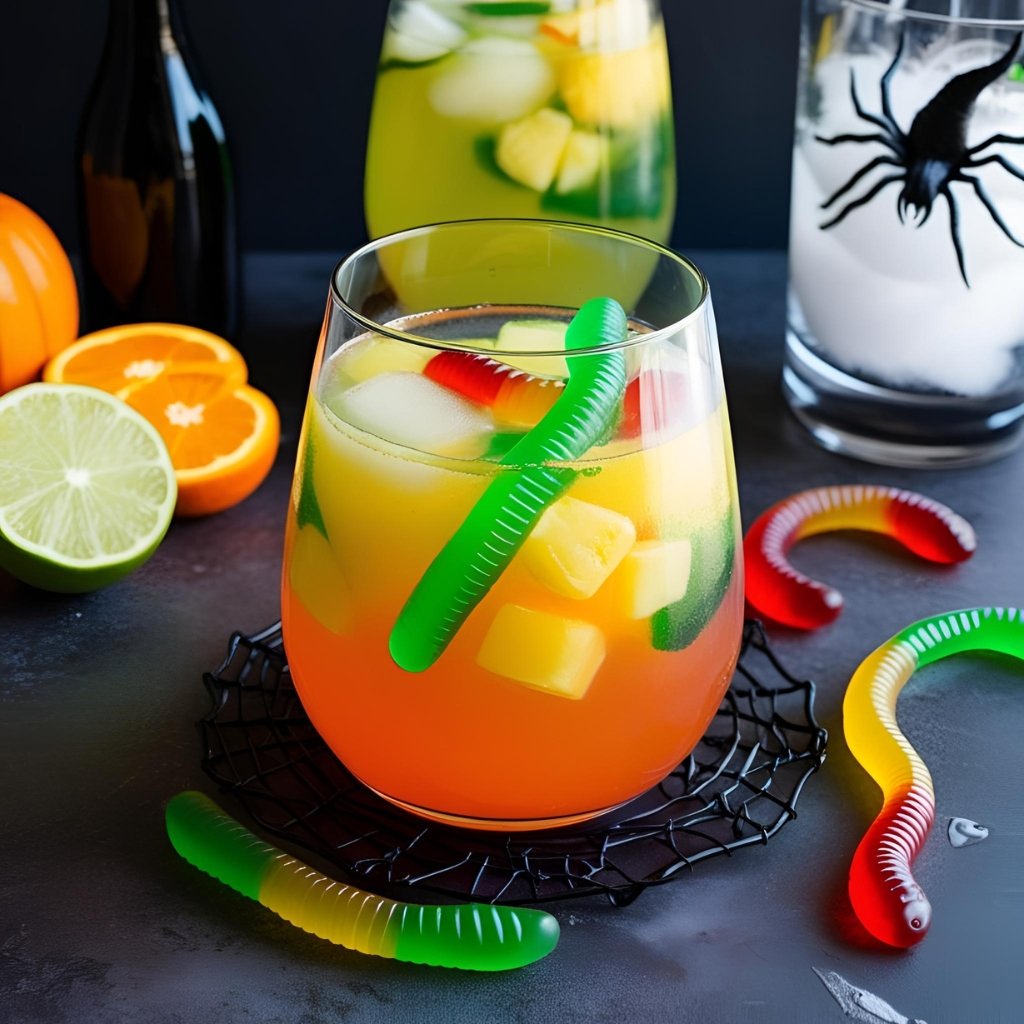Why Black and Orange Are Halloween’s Official Colours

The Ancient Roots And Meaning of Halloween Colours
Halloween’s famous colour scheme dates back over 2,000 years to the ancient Celtic festival of Samhain (pronounced Sow-in).
Samhain celebrated the end of the harvest and the start of the dark half of the year.
- Orange represented the autumn harvest — pumpkins, bonfires, and falling leaves.
- Black symbolized death, darkness, and the spirit world.
During Samhain:
- Villagers lit huge bonfires (the fiery orange glow)
- They wore dark costumes to blend in with spirits (the black garments)
Thus, orange and black perfectly captured the balance between life (harvest) and death (winter approaching).
(Source: National Geographic – Samhain Origins)
Black: Symbol of Death, Mystery, and the Unknown
Black has always been associated with mystery and mourning across many cultures.
- In the ancient world, black garments were worn to mourn the dead.
- During Samhain, black also helped people hide from spirits roaming the earth.
Even in Christian traditions:
- All Souls’ Day and funeral masses used black vestments to honour the deceased.
- Black candles and black cats became potent symbols of the spirit world.
In Halloween terms, black represents:
- Ghosts and spirits
- The unknown
- Death and endings
- Witchcraft and magic
It’s the colour that reminds us Halloween is about more than just sweets — it’s about confronting our deepest fears… and maybe even making friends with them. 👻
Orange: Symbol of Fire, Life, and Celebration
Orange is a colour of warmth, energy, and life.
During Samhain:
- Bonfires were lit to protect villages and honour the sun before winter darkness.
- The harvest — pumpkins, apples, corn, and wheat — all shared fiery orange hues.
As Halloween evolved:
- Jack-o’-lanterns (originally carved from turnips!) glowed orange against the night sky.
- Autumn leaves turned vibrant orange and gold, marking the season’s change.
Thus, orange in Halloween represents:
- Hope and celebration
- The bounty of harvest
- Protection through fire
- The warmth of community gatherings
It’s a vibrant, living counterpoint to black’s mystery and death.
Halloween in America: Popularising Orange and Black
When Halloween traditions arrived in 19th-century America (thanks to Irish and Scottish immigrants), the colour symbolism deepened:
- Pumpkins — native to North America — quickly replaced turnips for lanterns. Their natural orange glow became central to Halloween imagery.
- Early Halloween postcards (1900s) often featured witches in black robes flying over glowing orange moons.
- Retailers in the 1920s–1930s started marketing Halloween decorations with orange and black colour schemes.
(Source: History.com – Halloween Traditions)
By the mid-20th century, orange and black were inseparable from Halloween — showing up in everything from costumes to candy wrappers!
Black and Orange in Modern Halloween
Today, black and orange rule every corner of Halloween celebrations:
- Party decorations: Black streamers, orange tablecloths, spooky balloons
- Costumes: Witches’ black hats, pumpkins’ orange glow
- Treats: Orange-and-black wrapped sweets, themed cupcakes, spooky cocktails
- Haunted houses: Dramatic black walls with glowing orange lights
Even new trends (like pastel Halloweens or neon horror) still find ways to anchor themselves in black and orange symbolism.
Other Halloween Colours (and What They Mean)
While orange and black reign supreme, other colours also crept into Halloween traditions:
| Colour | Meaning |
|---|---|
| Purple | Magic, mystery, and the supernatural |
| Green | Monsters, witches, and eerie landscapes |
| Red | Blood, life force, and danger |
| White | Ghosts, spirits, and the veil between worlds |
But no matter what new trends appear, black and orange stay at the haunted heart of Halloween. 🎃🖤
Fun Facts About Halloween Colours!
- The oldest surviving Halloween cards (from the 1900s) almost always used black cats and glowing pumpkins in orange ink.
- Candy corn, invented in the 1880s, features orange, yellow, and white — harvest colours tied to Halloween.
- In some ancient cultures, orange candles were burned to summon good spirits during autumn rituals!
Final Colourful Thoughts
Black and orange aren’t just random choices — they are ancient symbols that weave together the themes of life and death, harvest and winter, hope and mystery.
When you light your jack-o’-lantern or dress in a witch’s robe this Halloween, you’re not just celebrating — you’re honouring thousands of years of spooky tradition. ✨
Long live the chilling, thrilling colours of Halloween! 🎃🖤🧡
More Articles
Witch’s Brew Punch
What is Valloween?
What Is Samhain?
Internal Link Suggestions:
- Link to blog on Origins of Halloween Traditions.
- Link to blog on History of Samhain.



